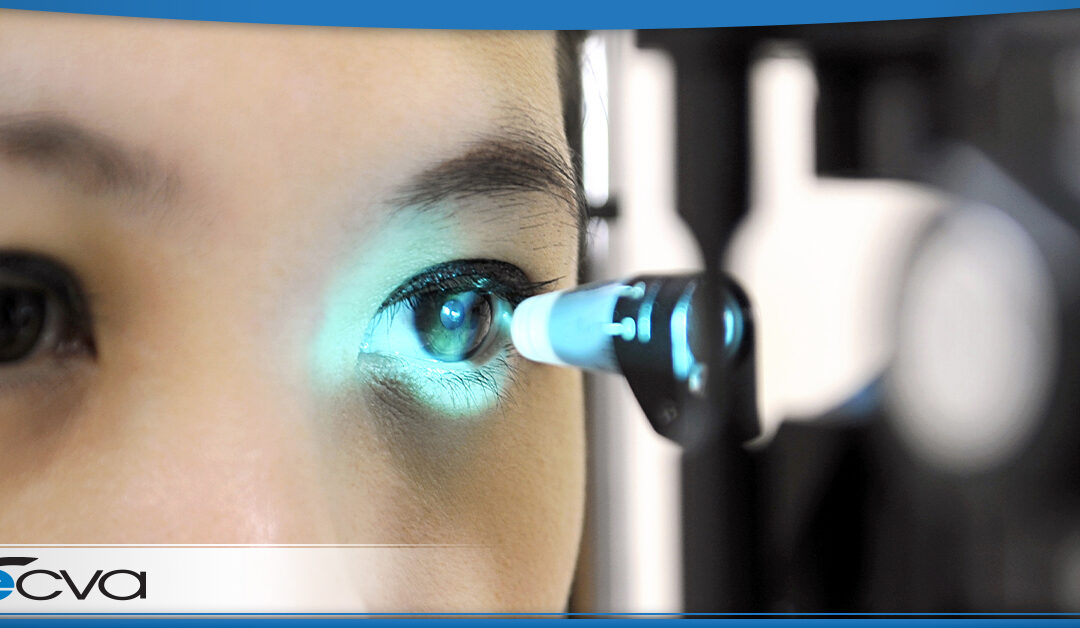January is Glaucoma Awareness month, a time of year where we take a close look at the condition and focus on sharing information to help patients maintain their eye health. While we covered the basics in a recent article – Understanding Glaucoma – we wanted to seize this opportunity to take a deeper dive into the topic.
Glaucoma is often thought of as a single eye condition. However, there is more than one type of glaucoma, each with its own unique characteristics.
If you are diagnosed with glaucoma, it’s wise to explore more about your specific variant. That way, you won’t just know more about how the condition is impacting your eye health, but also how the treatment options and outcomes can differ.
Here’s a look at each of the types of glaucoma, including their characteristics, treatment options, and more.
Open-Angle Glaucoma
Open-angle glaucoma is the most common form of the condition. With open-angle glaucoma, the angle between the cornea and the iris is wide and open, essentially the way it is meant to be. Issues arise when the drainage canals become blocked, preventing proper fluid flow and leading to fluid accumulation.
As the fluid builds up, the pressure increases. That pressure ultimately causes damage to the optic nerve, disrupting vision signals between the eye and the brain.
Many people with open-angle glaucoma are initially unaware they have the condition. The fluid buildup usually happens slowly over time and doesn’t typically result in physical discomfort. Typically, people with open-angle glaucoma only become aware once they begin experiencing vision loss unless it is caught earlier during a standard eye exam.
Open-angle glaucoma can lead to significant vision loss, up to blindness. With proper treatment, damage can be mitigated or slowed, potentially preserving your vision. However, there is no cure for any form of glaucoma, including open-angle.
Acute Angle-Closure Glaucoma
Angle-closure glaucoma is also the result of fluid buildup. However, fluid flow is disrupted due to the narrowing of the entrance points of the drainage canals. At times, those openings are simply too small to allow for proper fluid flow. However, they can also be shut entirely, either by design or due to clogging.
With angle-closure glaucoma, symptoms typically appear quickly. Along with vision loss, eye pain, headaches, and nausea commonly occur. There may also be eye redness as well as a halo effect around lights.
Angle-closure glaucoma causes vision loss and may lead to blindness. It is also considered a medical emergency. As with open-angle glaucoma, there isn’t a cure. Though, with quick treatment, it’s possible to reduce the harmful effects of the condition.
Normal-Tension Glaucoma
With normal-tension glaucoma, pressure isn’t the issue, though optic nerve damage still occurs, resulting in vision changes or loss. In some cases, trauma may be to blame. In others, it could be heightened optic nerve sensitivity, blood flow issues, or circulation impairments.
Normal-tension glaucoma, like the other versions, also can’t be cured. However, it can be managed, especially if caught early.
At ECVA, our staff works tirelessly to care for the eye health of our patients. If you haven’t had your eyes checked recently or are experiencing symptoms of glaucoma, schedule an appointment at your closest ECVA clinic today.


